Catalogues
- NFC Tags
- Paper NFC tagsOn Metal NFC tagsTamper proof nfc tagsFPC NFC tagsSpecial NFC tags
- NFC Cards
- Plastic NFC cardsPaper NFC cardsLF RFID cardCPU / JAVA card
- NFC Key fobs
- Epoxy NFC key tagsPlastic NFC key fobs
- NFC Reader writer
- Fixed NFC reader writerHandheld RFID readerUSB token NFC readerLF RFID Reader
- NFC Wristband
- Reusable NFC wristbandsOne-off NFC wristbands
- RFID inlay
- Sheet type RFID inlayRoll type RFID inlay
- RFID Tag
- RFID Laundry TagRFID Asset Tag
- Smart Device
- RFID Smart CabinetRFID Library DeviceRFID TunnelRFID Retail Device
- RFID Security Gate
- RFID gate
- Library RFID Tags
- RFID Book TagRFID Disc Tag
- UHF Tags
- EPC Gen 2 UHF tagJewelry RFID tagTamper Proof UHF tagRFID Windshield TagCable Tie RFID TagRFID garment tagRFID Clothing Hard TagDual frequency RFID tagRFID Medical TagLED UHF Tag
- UHF Cards
- UHF Smart Card
- UHF Wristband
- RFID Wristbands
- UHF Reader writer
- Fixed UHF ReaderMobile RFID ReaderR2000 UHF readerE Series UHF reader
- UHF Antenna
- UHF RFID Antenna
- On metal RFID Tag
- UHF Metal tagCeramic UHF metal tagFlexible UHF Metal Tag
- Animal Tag
- RFID ear tagRFID Animal ReaderInjectable RFID tagRFID foot ring tag
- More Recommend
- RFID asset tagRFID screw tagRFID Seal Tag
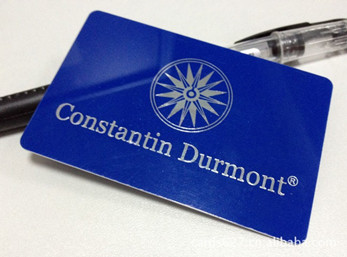
GEE-UFC-100 UHF RFID card
PVC material, 85.5 x 54 mm, NXP G2XM/ G2iL, H3, Impinj M4 chip embeded, up to 512 user memory, over 7 m read distance, ISO18000-6C & EPC Gen2 protocol compliance , up to 1200 tags/ second identify speed, anti-collision feature
Download Specification
OverviewSpecificationApplicationsSupport
GEE-UFC-100 is high performance UHF RFID card, comply with ISO7610 chip card profile with RFID chip embedded. Long read distance of up to 10 meter read distance and multiple tags identify technology make it an powerful media for identification and tracking in high-traffic occations, like event, warehouse, parking lot, ect.
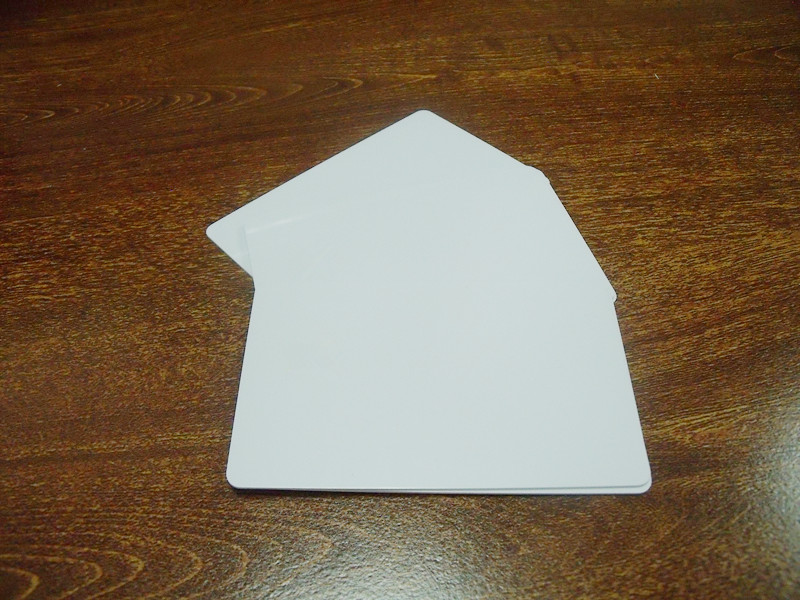
Main features:
• Credit card form, 85.5 x 54 mm, 0.84 mm thick
• Contactless interface with read distance up to 10 meter
• High performance NXP UCODE G2XM/ G2IL, Impinj Monza4/ 5 & H3 chip
• Up to 512 bits user memory enable self-programming
• Fast encoding speed , multiple tags identification technology, support up to 1200 tags/ second read speed
• Automatic RFID card manufacturing technology with Heidelberg 4 color offset craft
• ISO9001 Quality control system for diamond like quality
• Green material with ROHS and SGS certification
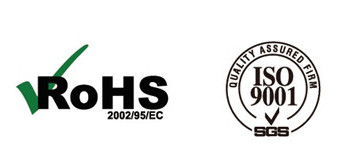
|
Physical
|
Dimension
|
85.5 mm x 54 mm
|
|
Thickness
|
0.84 mm
|
|
|
Material
|
PVC material, SGS approval
|
|
|
Printing
|
CMYK 4 color printing
|
|
|
Personalization
|
Barcode, QR code, Serial number, Gold/ Silver background, Hot stamping, UV..
|
|
|
Packing
|
200 pcs/ box, 10 box/ carton, 14 kg/ carton
|
|
|
Standard
|
ISO18000-6C, EPCglobal ClassI Gen2
|
|
|
|
||
|
Electrical
|
Chip
|
NXP UCODE G2XM/ G2IL, H3, Impinj Monza 4E/4D/4QT, Monza 5
|
|
Memory size
|
4D 4QT 4E H3 G2XM
User: 32 bit 512 bit 128 bit 512 bit 512 bit
EPC: 128 bit 128 bit 496 bit 96 bit 240 bit
TID: 64 bit 64 bit 64 bit 64 bit 64 bit
|
|
|
Frequency
|
860~ 960 MHz
|
|
|
Read distance
|
Up to 10 meter
|
|
|
Data transfer rate
|
640 k bits/s
|
|
|
Security
|
TID, password, EAS/ AFI ( G2XM chip only)
|
|
|
Identification rate
|
Up to 1200 tags/ second
|
|
|
|
||
|
Other
|
Anti-collision
|
Multiple tags operation supported
|
|
3D antenna
|
Omni directional antenna without blind spot ( M4/ M5 chip only)
|
|
|
|
||
|
Environment
|
Operating
|
-25 C to +70 C, 5~ 95% RH, no condensation
|
|
Storage
|
-5 C to + 45 C, 5~ 95% RH, no condensation
|
|
|
Shelf life
|
5 year under 25 C
|
|
|
|
||
|
Application
|
• Parking systems
• Asset management
• Access control & Identification
• Production management in factory
|
|
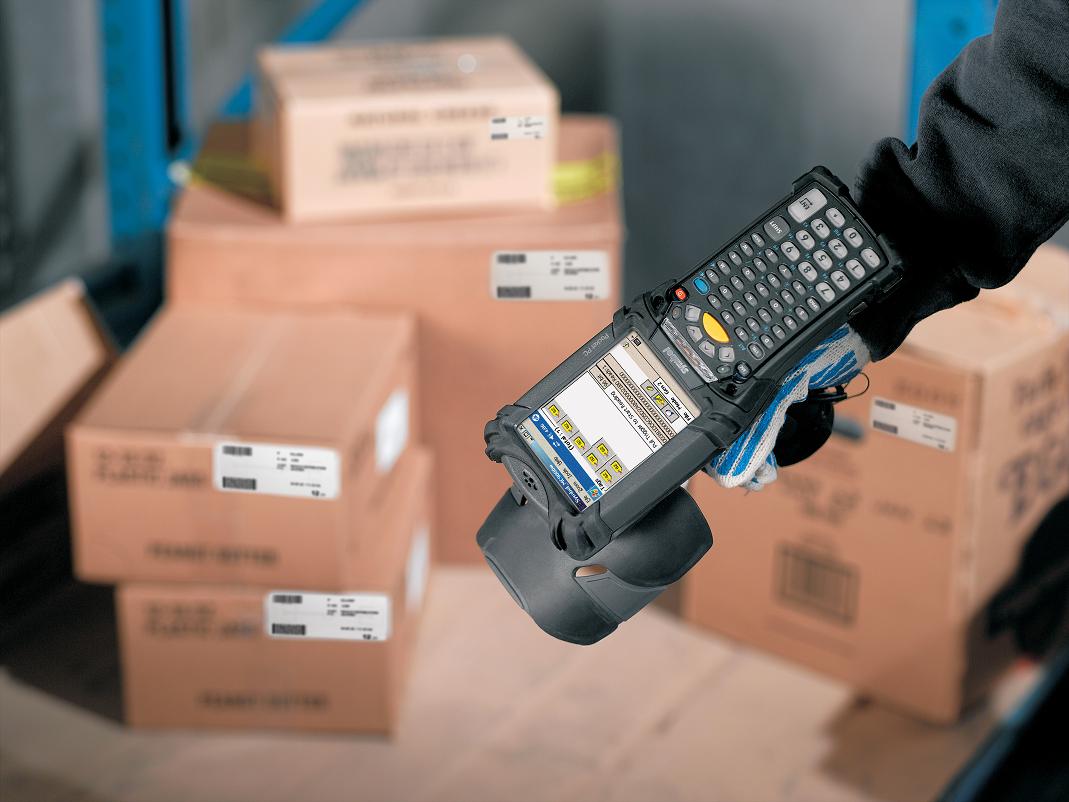
RFID, or Radio-Frequency Identification, is a method of storing data and retrieving it via radio waves. Much in the same way a barcode can store information about a type of product, RFID tags contain unique identifiers that correspond to inventory database records. Switching to RFID in your logistics chain offers some significant advantages over traditional inventory control methods.
WIRELESS SCANNING
One of the major advantages of RFID in logistics is how quickly RFID tags can provide information compared to barcoding or other systems. With a barcode, you have to pass each code over a scanner to register the item. RFID works wirelessly, so you can point a scanner at a box of items and register each one without having to take them out first. A powerful enough RFID scanner could inventory entire rooms at once, making inventory tracking a much faster process.
UNIQUE TRACKING
RFID tags contain a microchip or other storage device that can contain a large amount of information. This allows you to place individual identifiers on products, rather than using a single barcode for an entire class of items, and to follow individual items through your logistics chain, instead of needing to extrapolate that data from inventory numbers. This also allows you to track a defective item back to its source in a much easier manner than with other tracking methods.
REAL-TIME UPDATES
Because scanning and inventory control is much faster with RFID than with other forms of management, the system lends itself to integration with wireless communication systems and real-time inventory management systems. This allows you to query the database at any time and find out exactly how much of a given product you have on hand, instead of getting numbers that may be days or weeks old. RFID scanners built into the entrances of warehouses can even scan crates as they enter and leave, providing instant updates of inventory totals that can propagate to other users across the company network.
INTEGRATION WITH OTHER SYSTEMS
The same RFID tags that provide inventory information can also provide other services as well. Security scanners at building exits can let your system know instantly when any product leaves the premises, allowing you to spot theft or misdirected shipments quickly and correct the problem. Likewise, scanning RFID tags at entry and exit points allows confirmation of shipping and delivery of goods, allowing you to trace a shipment as it moves through your logistics chain, and provide accurate estimates of arrival to customers or other business units.

It is not a new story that RFID applied into the access control sector. The earliest RFID technology that emerged in Access control setor shall turn back time to mid 20th century, And it was first introduced at low frequency of 125 khz, with a unique ID number inside the chip. EM4100 chip, as one of the most typical chips, emerged in this stage. It brought a hurricane to the traditional access control sector, which the traditional physical keys were gradually replaced by a piece of card. It not only brings convenience but also maintain high security.
Glory of ATT5557 chips in access control system
While as technology developed, the traditional EM4100 chip is no longer worked well, because the ID number could be easily duplicated, which make its safety severely be doubted. Then ATA5557 chips emerged in the stage, it is a chip with pin code embedded, which allow user to set up the password for safety concerns. To better protect the password, this T5557 chip also adopt a interesting settings, which if the password misread for over 3 times, the chip will permanently locked and can not be used any more. The market’s response is so appreciated that access control systems based on T5557 chips rapidly occupy the market.
Lord of chips for NXP Mifare 1k s50 chips
Time turns to 21st century, NXP mifare 1k chips, which worked at high frequency of 13.56 Mhz whipped up a thunderstorm. It was no longer merely bear UID code or passwords, it extended the multiple functions, up to 1kB memory organized in 16 independent sectors, each sectors could sets an application and its passwords. It is amazing function, which make multiple applications in one card possible, beside it contains a logical counter, which allows it able to conduct plus and deduct algorisms. It was so popular as if all the RFID cards bear this Mifare 1k chip in one night. It is still the most welcome chip in the market.
New Emperor- NFC mobile phones and bio technology in access control
Early at year 2005, Nokia have published its NFC mobile phone, which could conduct the same functions as Mifare 1k s50 chip does. This emerged NFC technology though is fantastic, it is not accepted by user’s then. In 2007, Apple launched innovative Iphone, which completely overturn the whole phone sector. And this impact also affect the newly born NFC technology, the Andriod Mobile phone is the first mobile that publicly support NFC technology. By using this technology, NFC that used in Access control is gradually into reality.
Advantages of RFID in access control
Contactless identification with limited read distance. Just a simply touch will the card be indentified. Limited read range also provide user protecting their user’s data and prevent unwanted operation
Access control data management. RFID technology help users more efficiently manage visitor’s access data, such as vistor’s profile, password and access authority through relevant RFID software. Time attendance system is based on this idea.
Security . RFID provides reliable security features either by its unique ID and password or by its encryption algorisms. Especially when advanced DES and 3DES encryption algorisms introduced, user data by nowadays technology is impossible to break.
Related Products
-
GEE-UT-E52 Impinj E52 UHF tag >
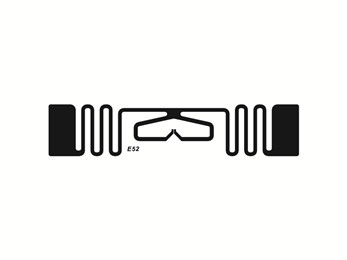
impinj E52 UHF tag, 71x 21 mm, Monza 5, 860~ 960 Mhz, 7 meter read distance
-
GEE-WB-102 UHF wristband >
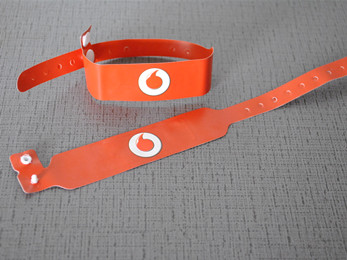
Synthetic paper/ Tyvek, 25 x 250 mm, 860~ 960 Mhz, H3/ Impinj Monza 4, 5, R6/ NXP UCODE7, 8 chip, 7 meter ( free air) / 1 - 2 meter ( on wrist)

 NFC Tags
NFC Tags NFC Cards
NFC Cards NFC Key fobs
NFC Key fobs NFC Reader writer
NFC Reader writer NFC Wristband
NFC Wristband RFID inlay
RFID inlay RFID Tag
RFID Tag Smart Device
Smart Device RFID Security Gate
RFID Security Gate Library RFID Tags
Library RFID Tags UHF Tags
UHF Tags UHF Cards
UHF Cards UHF Wristband
UHF Wristband UHF Reader writer
UHF Reader writer UHF Antenna
UHF Antenna On metal RFID Tag
On metal RFID Tag Animal Tag
Animal Tag More Recommend
More Recommend Media & Ads
Media & Ads Transportation & Ticketing
Transportation & Ticketing Library & AssetsManagement
Library & AssetsManagement Logistics & Tracking
Logistics & Tracking Access control
Access control Retail & Gas station
Retail & Gas station Texile solution
Texile solution Health & Medicine
Health & Medicine Food & Wine
Food & Wine Apps for NFC mobile
Apps for NFC mobile Apps for Industry & Retail
Apps for Industry & Retail Manuals
Manuals Software
Software FAQ
FAQ Service Center
Service Center How to choose right tags
How to choose right tags Company news
Company news Industry news
Industry news Technical communication
Technical communication


